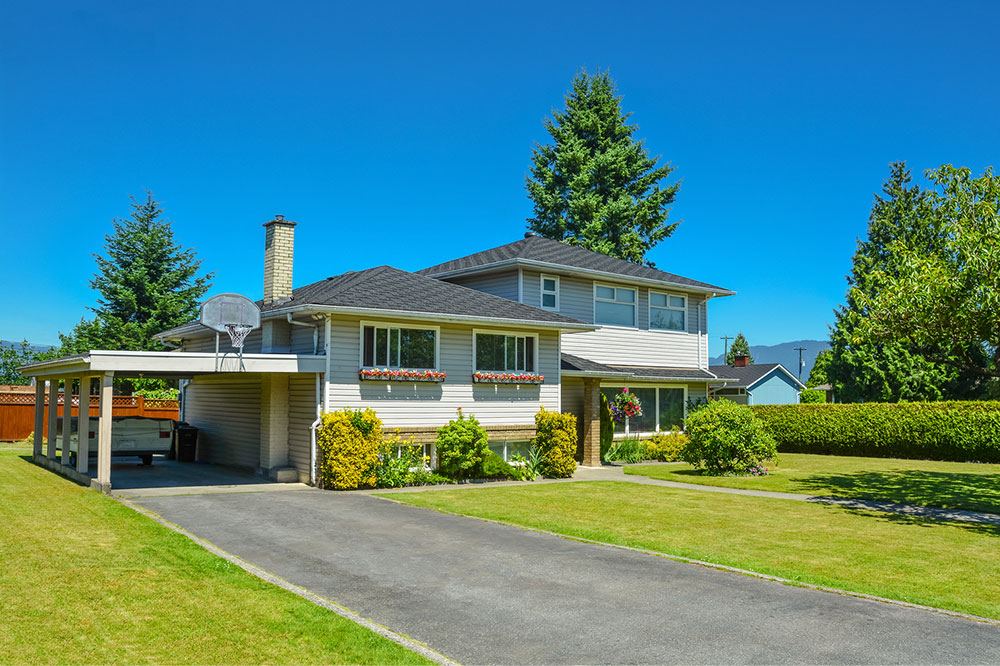Affordable Housing Options for Low Income Groups
Whether one is buying or renting, finding an affordable home is a difficult task. Low-income groups face particular challenges in searching for and renting a house in a good neighborhood due to constrained budgets. That said, major innovations have been made in recent times, opening up more affordable housing options. There are many websites and tools to help people locate these low-rent apartments in towns and cities across the country.

Low-rent residential options
If you have problems meeting your monthly rental payments, you can move to a location in a different area in the same city with affordable rent residential units. You can move to a different city or town which is known for having a lot of low rent residential communities.
You need to study the neighborhood, the culture, the amenities, the school district, crime rate, transportation, and other facilities. You also have to consider the general cost of living in that city or town. Rent is just a part of your monthly expenses. You need to factor in the cost of food, transportation, and other elements. You may find that where you are now is more affordable for your monthly budget than the place you intend to move to.
There is another choice. You can look for localities with government-sponsored affordable rent programs.
Government programs for affordable rental housing
Federal, state, and local government programs are available to help families and individuals with low income to find good rental homes. The US Department of Housing and Urban Development (HUD) sponsors several programs to help people with low income to rent good homes in good neighborhoods. You can find low rent units in public housing communities, or you can also rent a unit from private owners under subsidized rent programs.
Public housing
Look for Public Housing Communities or Scattered Sites that offer houses or apartments at affordable rents. If you meet the eligibility criteria for the Total Tenant Payment (TTP) scheme, you have to pay just a part of your household income towards the rent. Residential units under this scheme are owned by the Public Housing Agencies or housing authorities.
Section 8 Housing Choice Voucher (HCV)
The Housing Choice Voucher is a popular rental aid program. It allows you to look for privately owned houses or apartments that meet the program’s guidelines. If you are eligible for this program, you can find an apartment and approach the housing authority that manages the voucher scheme. The housing authority will examine the unit and see if it meets their guidelines. Then you need to pay 30% of your total household income towards the rent. The remaining amount is paid by the housing authority that manages the HCV program.
Low Income Housing Tax Credit (LIHTC)
Under the LIHTC scheme, property owners are given tax incentives to rent out residential units at low rents. A residential community may consist of both market rate rental units and low rent units. This program allows for a tiered rent system. Under this, the same unit may be rented out in different amounts based on the tenant’s total household income. Private owners and companies manage these low rent units.
Other options
There are other options available to get rental assistance. If you have been displaced because of a natural disaster, you can apply for rental aid under the Housing for Victims of Natural Disaster program. Senior citizens can benefit from schemes such as the Section 202 Supportive Housing for the Elderly. Even immigrants can benefit from rental assistance under the Housing Resources for Immigrants program, provided they pass the stringent criteria. Section 811 housing for the disabled helps people with disabilities find good affordable rental homes.
Not all cities and towns have all these affordable housing programs. Visit housing resources like websites and search for locations with these programs. If a scheme is not available in your city, search for a neighboring locality that has it. Look at the low-income apartments that are available under the scheme and approach the managing authority to see if you qualify for the program. Complete the application form and submit it. Most of the programs have long waiting lists, so apply for units in different locations to find an apartment quickly.
Generally, you will have to pay 30% of your total household income towards the rent. Also, there are some schemes that require you to pay just 10% of your total income towards the rent, based on your eligibility. Applying for such government-sponsored schemes enables you to find apartments with all the basic amenities in good localities. You need not worry about schools and infrastructure facilities if you choose the location carefully.